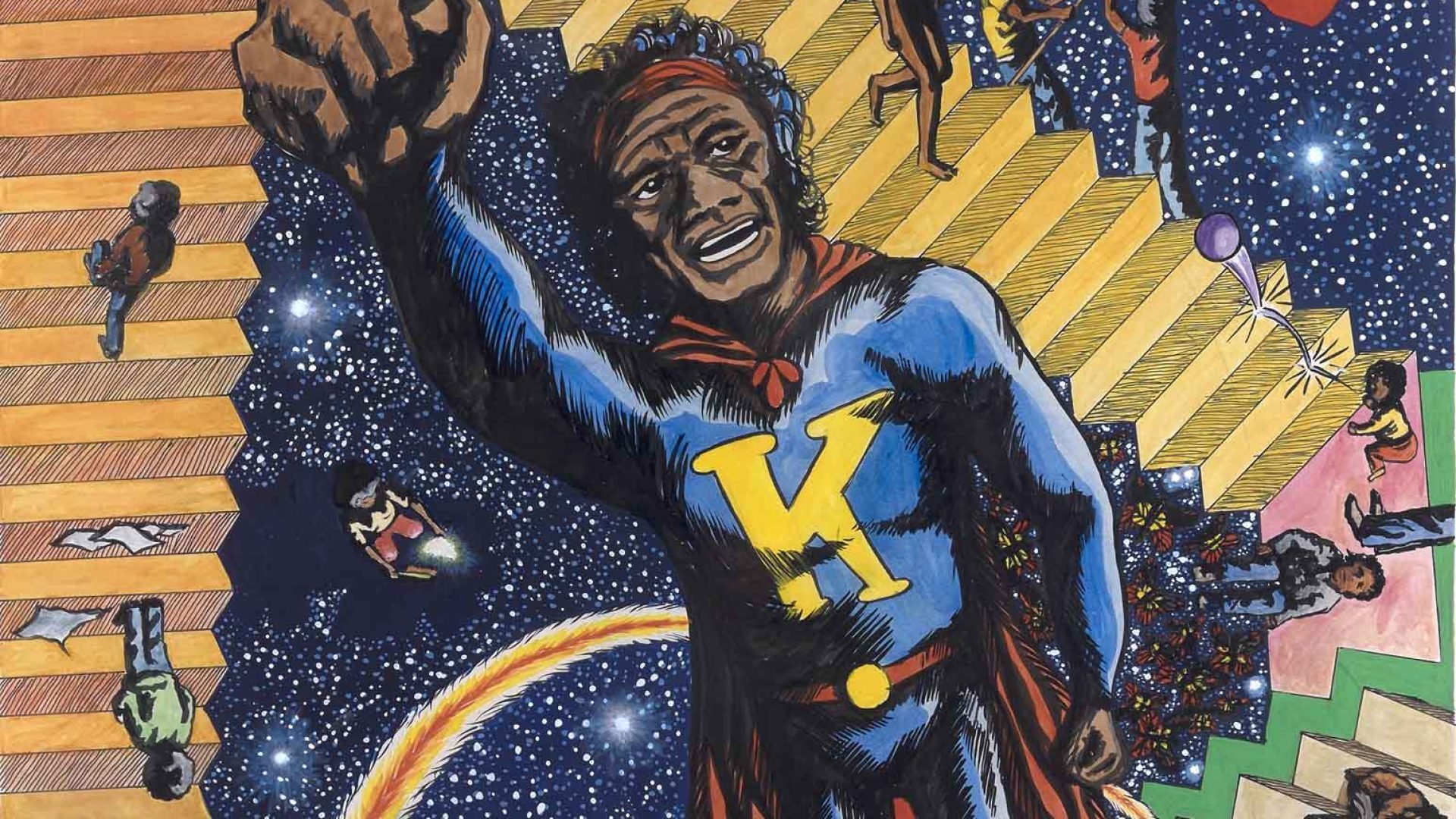Past Event
Resistances in Indigenous Design
National Gallery of Victoria; Wilin Centre for Indigenous Arts and Cultural Development, University of Melbourne; and Victorian College of the Arts, University of Melbourne.




